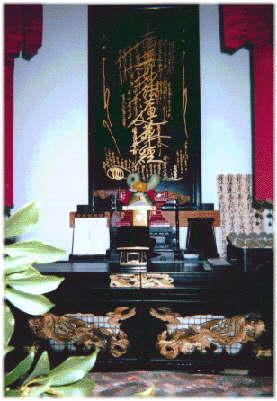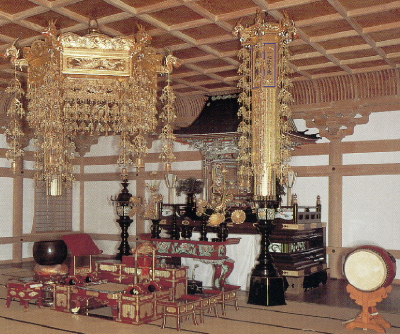Nikko's relationship with Nissho, Nichiro, and Niko was adversarial. He obviously disapproved of Niko's lax standards and resented being forced to leave Mt. Minobu in 1289. Though he was sympathetic to the plight of Nissho and Nichiro in 1284 when they were being persecuted in Kamakura, he ended up accusing them of betraying Nichiren Shonin by returning to the Tendai fold. Nichiro even visited Nikko at Kitayama Honmonji in an attempt at reconciliation, but his attempt failed. After 1298, Nikko had nothing more to do with Nissho and Nichiro. Of the other two of the six senior disciples, Nitcho joined Nikko at Kitayama Honmonji and Nichiji left to spread the Odaimoku overseas and was never heard from again.
|  |





